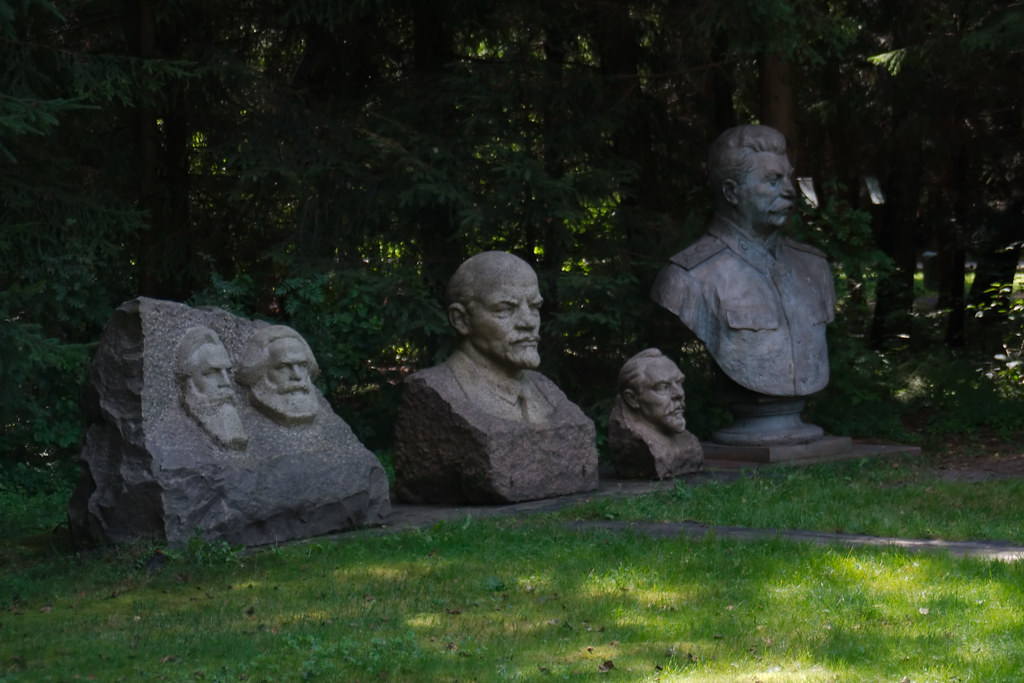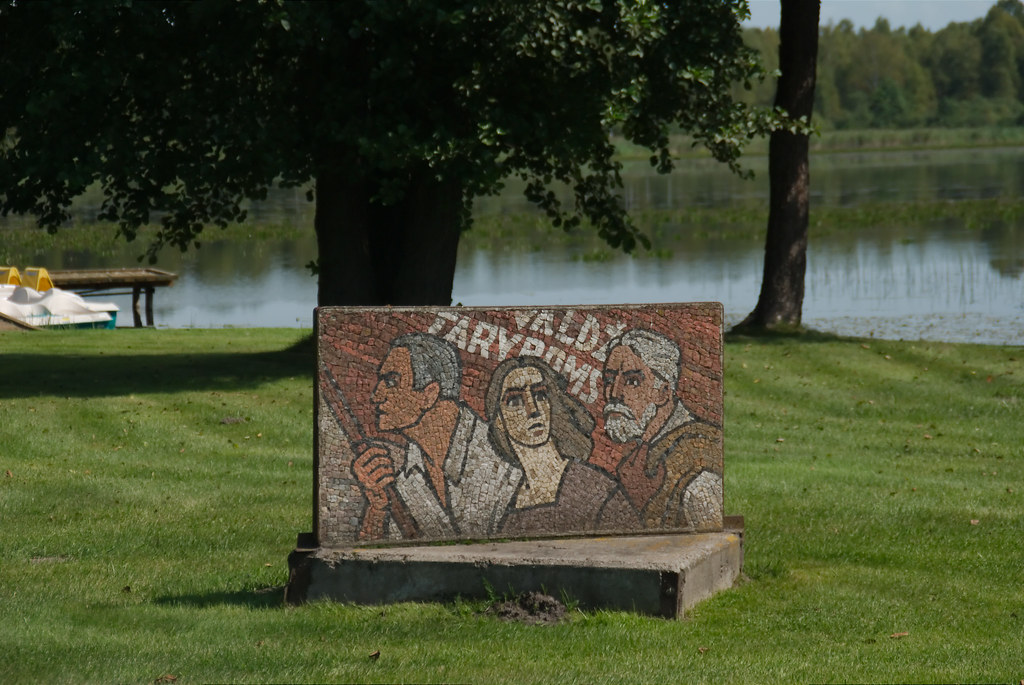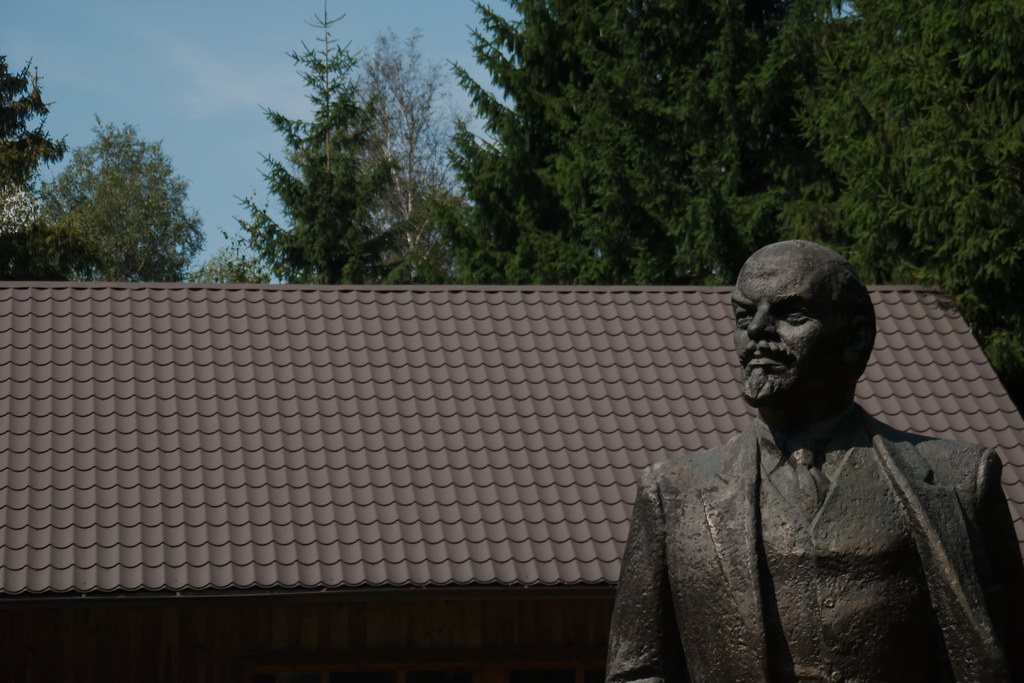
What
When the Soviet Union collapsed in 1989, it bequeathed a whole lot of artistic detritus to the countries that succeeded it. In Lithuania, a Baltic state that had long resented Russian rulership, the sculptures and monuments of the Soviet era were stripped down, placed into storage and often left to rot. In 1999, the entrepreneur Viliumas Malinauskas had an idea: if various authorities granted him their communist remnants, he would fund a private museum to display the lot. Grūtas Park is the result.
Located in lake-filled wetlands on the country’s southern edge, it gathers together dozens of statues of communist figures, arranged in a series of ‘spheres’ (these include the cheery ‘Totalitarian,’ ‘Death,’ and ‘Terror’ sections) in a 20-hectare woodland. When it opened in 2001, it immediately attracted international attention, depicted as a Soviet Disneyland or Stalin World. But although it has some aspects of novelty—there are watchtowers and barbed wire redolent of the gulag, and Malinauskas originally intended visitors to enter via a deportation train—Grūtas Park resembles less a theme park than a graveyard, littered with artistic reminders of an era past.
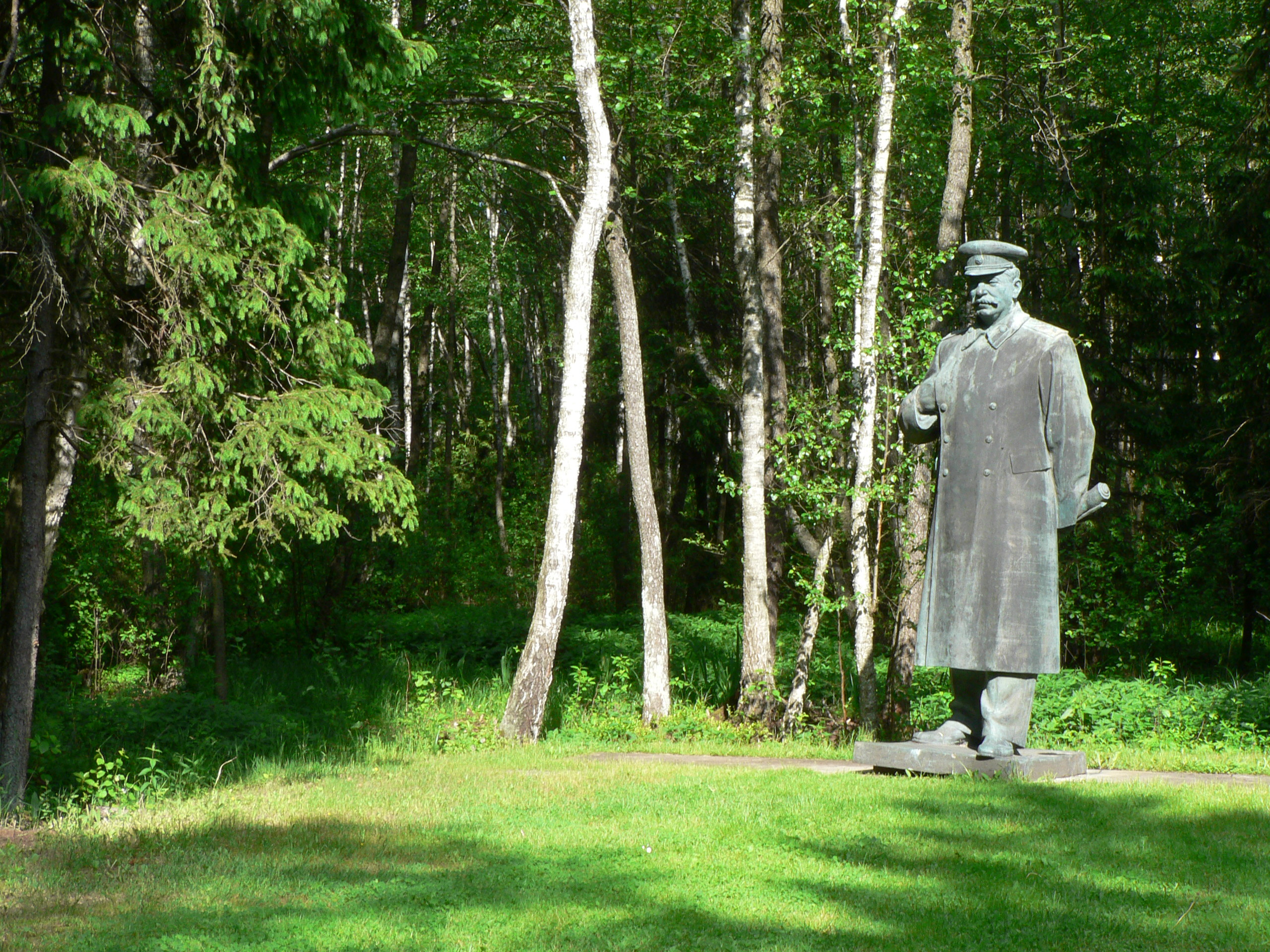
Who
Malinauskas himself is an interesting figure, a collector whose fortune stems from mushroom farming and edible snail-hunting. But the stars at Grūtas Park are the communist leaders and partisans of the past; perhaps nowhere else will you see so many sculptures of Lenin, Stalin and other luminaries of the Soviet firmament. In particular, there are Lenins of all shapes in sizes, with facial expressions from wrath to serenity, standing and sitting postures, winter and summer attires.
Figures from specifically Lithuanian communist history also abound, including vast assemblages of doughy partisans standing together, their arms locked in solidarity. And on top of the comrades depicted, Grūtas Park is haunted by another set of ghosts: the forgotten sculptors responsible for these works, masters of a socialist realist artistic style forever condemned for its relationship to totalitarianism. If the Cold War turned out differently, this might have been a blueprint for the art of today.
Where
In common with much of eastern Europe, minute Lithuania has a modern history of successive occupations, a far cry from its medieval heyday as a regional superpower. One of the last Pagan countries in Europe, its lush meadows and dense forests have a sun-dappled beauty. Several hours drive from the elegant capital Vilnius and architecturally-distinct second city Kaunas, Grūtas Park sits in the southern wetlands, on the border with Belarus: a country that had a very different reaction to the fall of the Soviet Empire. The closest town, Druskininkai, is also well worth a visit, a lakeside spa town with some exuberant examples of Soviet architect, including the pinecone-esque Hotel Pusynas and the sprawling Aquapark.
“ online pharmacy buy sinequan no prescription online pharmacy Grūtas Park resembles less a theme park than a graveyard, littered with artistic reminders of an era past”
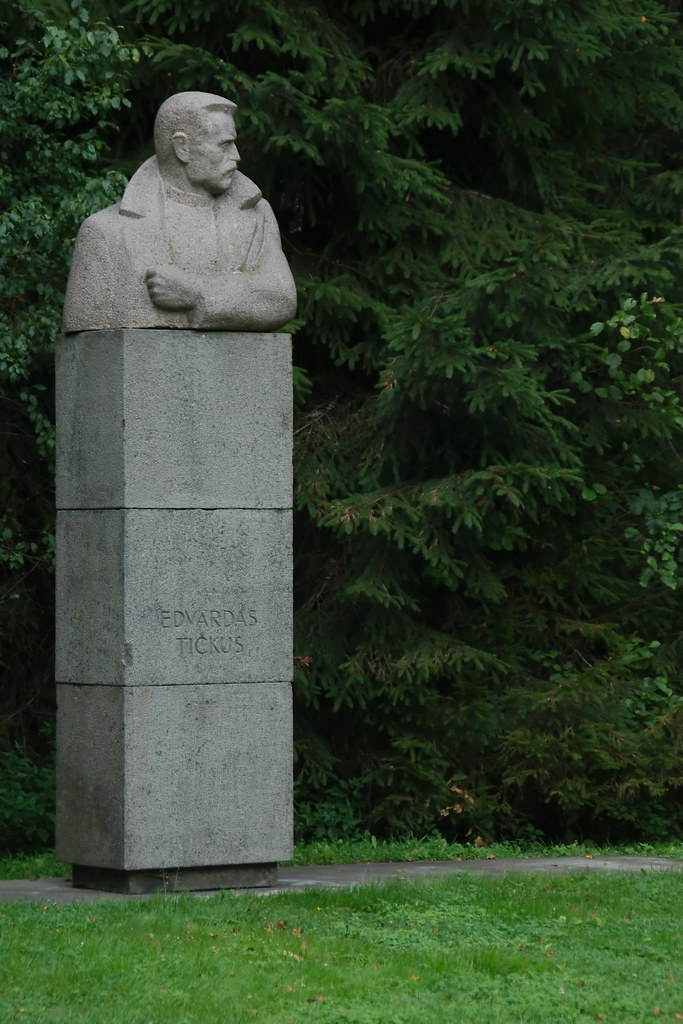
Why
There is no one way to process a nation’s history, and the intentions of Grūtas Park are open to interpretation. Does it educate Lithuanians and international visitors about the dark old days, or does it turn a repressive half-century into an entertaining sideshow? An annual May Day festival where dozens of actors dress up as Soviet figures might suggest the latter. But regardless of the mixed messaging, there are few places with such a complete assemblage of USSR memorabilia, with shedloads of paintings, flags, Moscow Olympic Misha plushes, and some uncanny waxworks alongside the sculptures.
In a time where the role of monuments in society is up for debate, it is fascinating to be reminded of a very recent regime that saw art as a tool to shape the minds of its citizens. And if none of this appeals, there’s also a zoo, with zebras, ostriches, kangaroos and bears—uncanny in its own way.
All images © Breyten Ernsting
